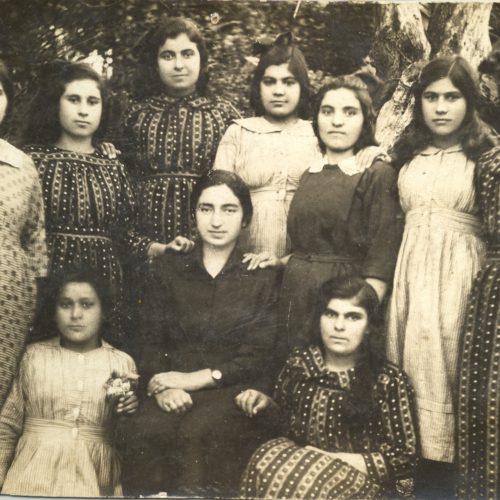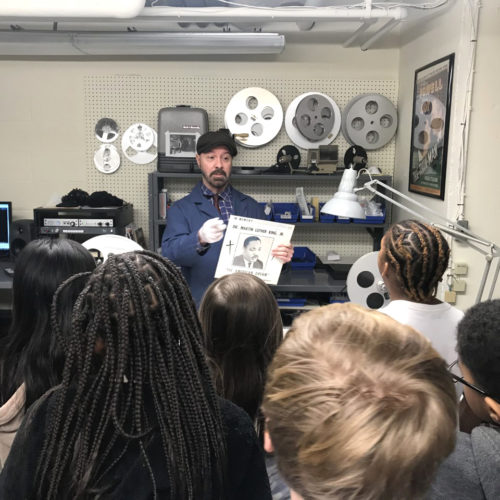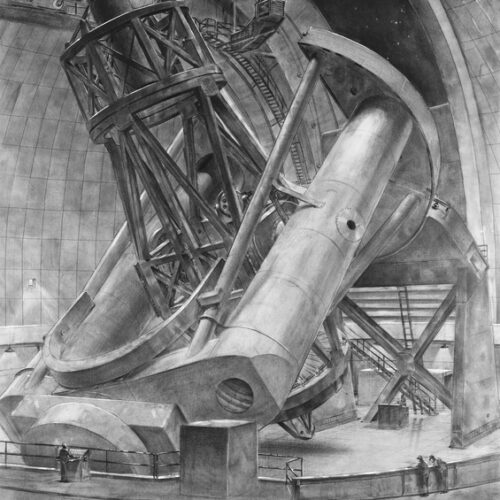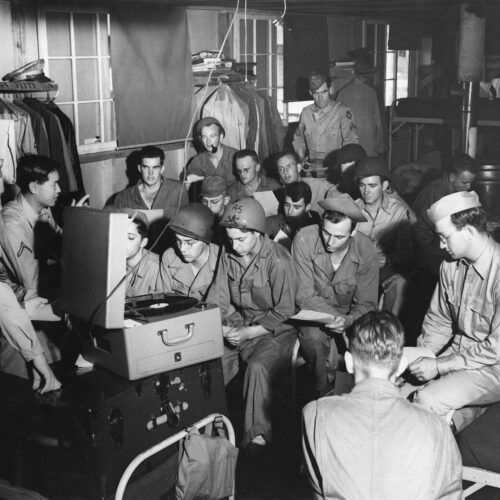Marissa Vassari
Education Program Manager, Rockefeller Archive Center
Related Articles

Near East Relief Document Analysis Websites
Grades 4 – 8. The following unit engages students with archival material related to Near East Relief. The unit framework, primary sources, and resources can be integrated into classrooms of grades 4-8. Each lesson has student objectives that can be accomplished within 40 minute periods over the course of several weeks. The final project will be…
HIV/AIDS in the 1980s
Grades 10 – Graduate level/Adult education. This audiovisual media literacy educational resource focuses on video media. Videographic materials often communicate messages visually. Articulating precisely how this is done, through both visual and narrative information, requires critical media literacy skills. Through watching and analyzing these videos, students will explain underlying messages and attitudes within the videos.
Yellow Fever
Grades 4-8. The following unit engages students with archival material related to the yellow fever epidemic during the construction of the Panama Canal. Students will learn about archives, primary and secondary sources through the lens of the yellow fever. They will make connections to other public health campaigns such as tuberculosis and Covid. Applying present…

Voter Education: Audiovisual Media Literacy Video and Classroom Guide
This media literacy classroom activity centers on a video we developed with the RAC’s Audiovisual Archivist Brent Phillips. It includes clips of audiovisual documents related to voter education, which can serve as primary sources to view, analyze, and discuss in a classroom setting. The classroom activity guide below is available as a PDF download at…
Learning About and Creating Student Archives
Grades 3-6. Introduces students to archives, primary sources, and secondary sources. This flexible unit includes nine lessons in which students document their own learning experiences by creating, describing, and organizing primary sources. Each student’s personal papers are aggregated into a class archive that is then described in a mock finding aid. View this resource on…

The Cold War
High school to graduate levels. This workshop places students into the role of program officers during the 1940s and 1950s. Drawing on twenty-two records from the Rockefeller Archive Center collections, the project explores philanthropic activities during a period of ideological and geopolitical tensions. View this resource on OER Commons.

Experimentation and Innovation: Building the Hale Telescope
High school to graduate levels. The primary sources in this workshop can be used to strengthen critical reading skills, support inquiry-based learning exercises, and expose students to the stories of trial and error that lie behind most scientific or engineering breakthroughs. View this resource on OER Commons.
The War of the Worlds, Fake News, and Media Literacy
Grades 4-8. This unit offers multiple entry points into developing an understanding of media literacy around the War of the Worlds broadcast. It includes a midpoint writing assessment, whole class capstone debate, and final independent writing assessment. View this resource on OER Commons.

Voter Education Audiovisual Media Literacy Guide
Grades 4-8. The clips of legacy audiovisual documents related to voter education serve as primary sources that can be viewed, analyzed, and discussed in a classroom setting to help students build media literacy skills. The corresponding video provides a guided learning experience. View this resource on OER Commons.

Refugee Scholars
Grades 9-16. This workshop presents selected primary sources from the Rockefeller Foundation holdings at the Rockefeller Archive Center. This is intended for use in facilitating a classroom exercise on the Rockefeller Foundation’s 1933-1945 refugee scholar program. This workshop enables students to imagine and grapple with the difficult choices RF officials had to make in one…